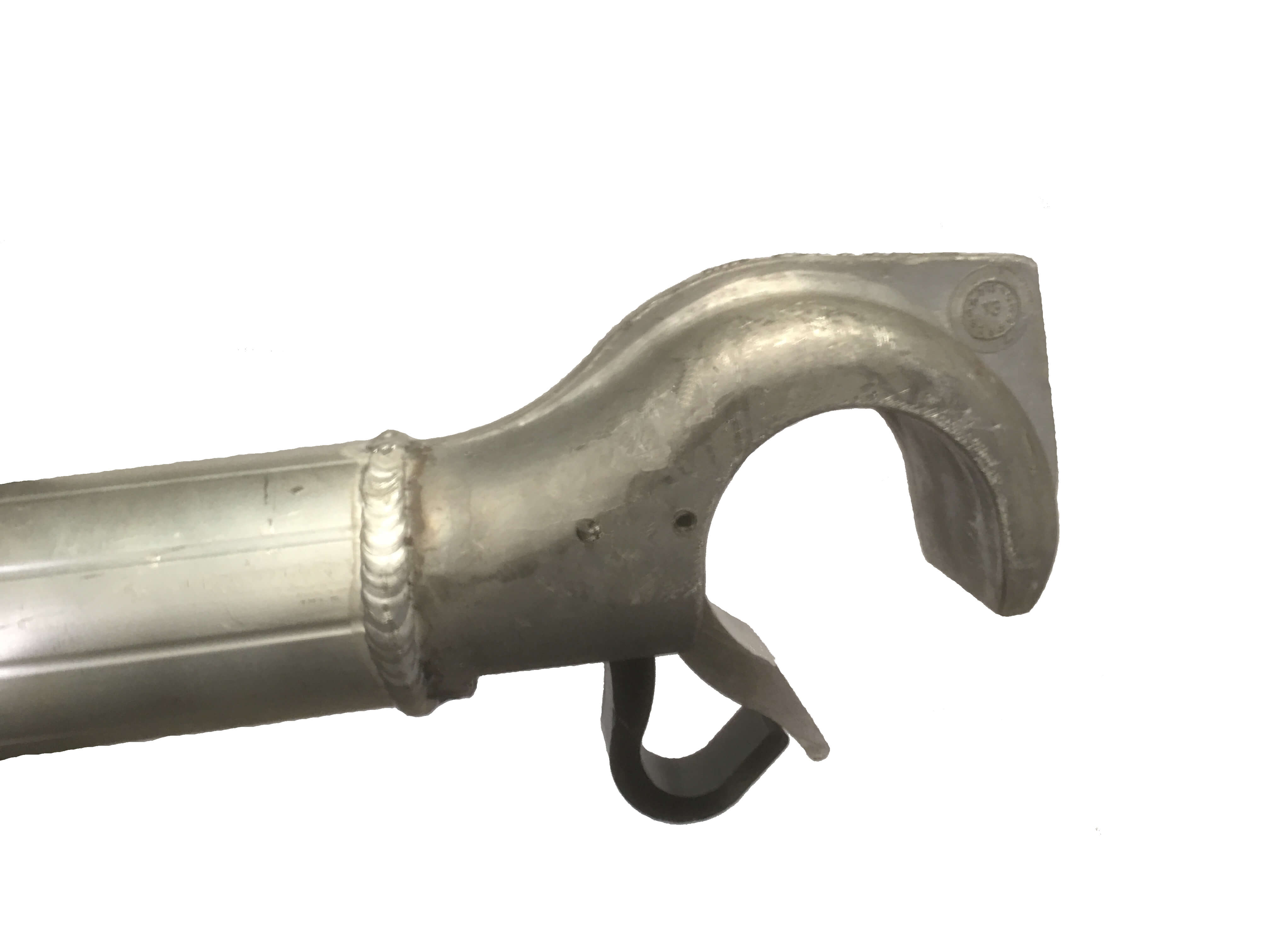Rivets v Welds
I plan to run a couple of posts to give everyone some ideas on how to choose a scaffold for their own use, and some of the differences that you may see when looking at buying a scaffold.
This week, we will concentrate on the joins between the fittings (or claws) and the tube that makes up the length of the scaffold component. The fitting is usually manufactured by casting, where extrusion is primarily used for the tube.
These joins are crucial to the strength and stability of your scaffold, and therefore should be inspected regularly. If possible, you should look for a system that provides a manufacturers warranty or guarantee on the components and the welds. You will not get a guarantee on rivetted joins.
There are two main systems used to complete these joins, Rivets and Welds.
Rivets are cheaper than welds. They are inserted into holes drilled into the fitting and tube sleeve, then using a rivet gun, the end of the rivet is pulled back into itself, causing an expansion of the internal portion, securing the rivet in place.
Welding is a process where additional material is introduced to an area of the join that is superheated causing a fusion of the parts, this process is run along the entire circumference of the join between the two parts, creating a structural connection that is usually stronger than the surrounding material.
The specific points to check on rivets are:
Any sign of wear or corrosion on or around the rivet. Rivets can be different material to the scaffold tube and fitting, and this may in the right circumstances produce the environment for corrosion.
Any sign of movement, or loss of the rivet head. A loose rivet significantly reduces the strength of the component, and would immediately make it unsafe to use.
 Any sign of corrosion where the tube meets the fitting. Rivets create an easy point of ingress for moisture and foreign materials to the internal structure of the fitting and the tube. Any corrosive process that is created by this on the inside of the tube or fitting would first display at the open end of the tube where it joins the fitting.
Any sign of corrosion where the tube meets the fitting. Rivets create an easy point of ingress for moisture and foreign materials to the internal structure of the fitting and the tube. Any corrosive process that is created by this on the inside of the tube or fitting would first display at the open end of the tube where it joins the fitting.
Any sign of movement or play between the fitting and the tube. The rivet head may be securely in place against the tube but any movement at the fitting reduces the strength of the component and immediately makes it unsafe for use.
The specific points to check on Welds are:
Welds should be slightly raised from the surface of both the tube and the fitting.
Welds should cover the entire join between the tube and the fitting.
Any sign of a crack or break in the weld or the adjacent tube or fitting would significantly reduce the strength of the component and would immediately make it unsafe to use.



